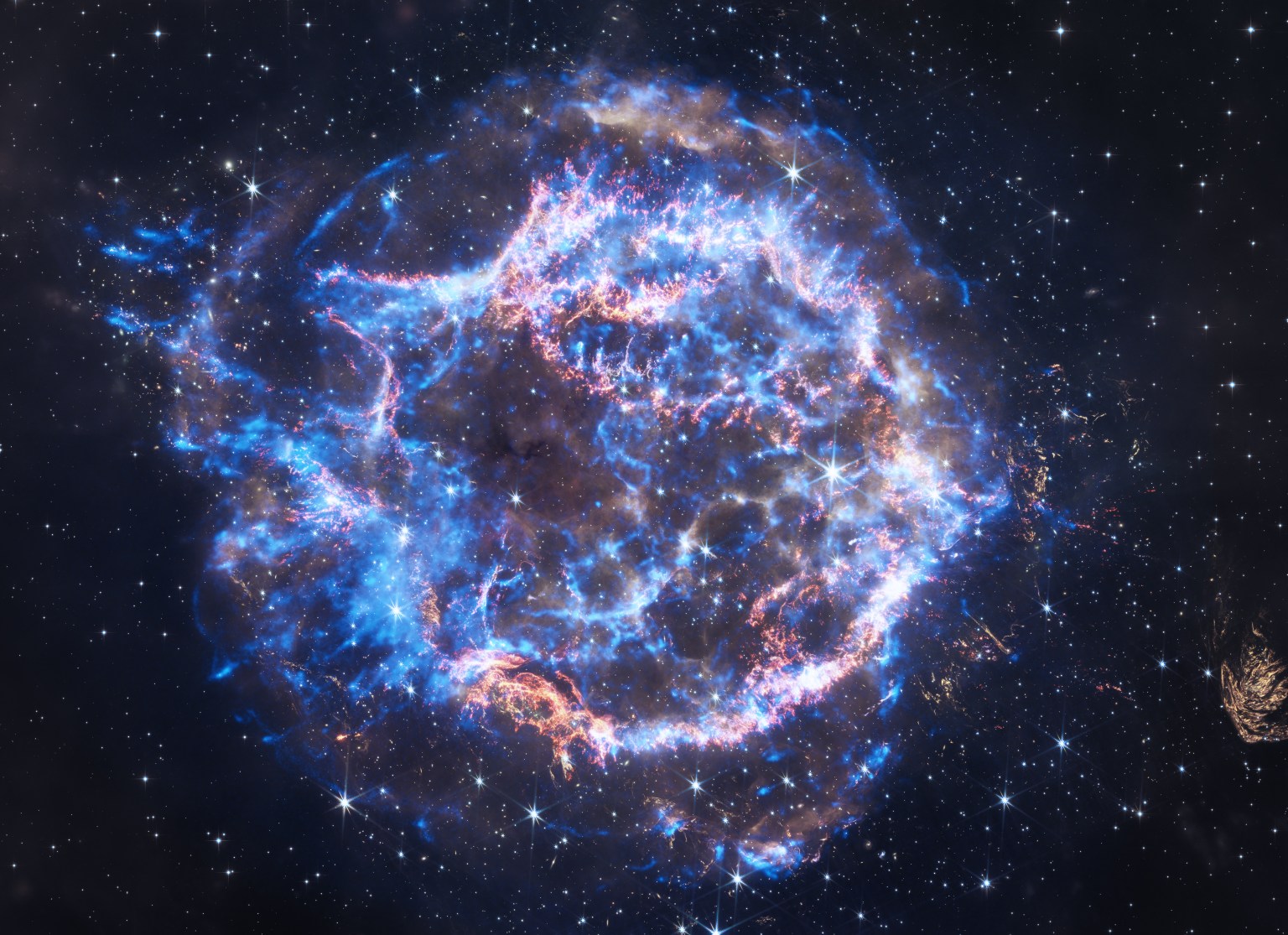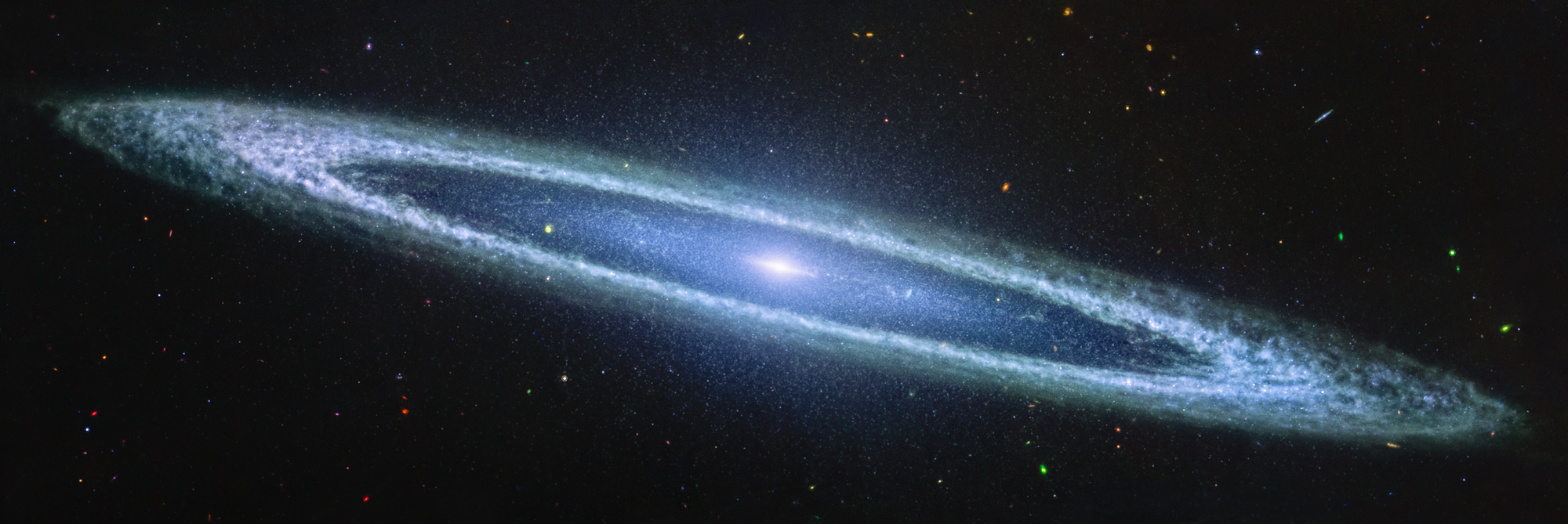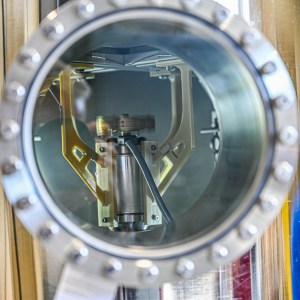By Rick Smith
On Aug. 26, 1999, NASA’s Chandra X-ray Observatory opened its powerful telescopic eye in orbit and captured its awe-inspiring “first light” images of Cassiopeia A, a supernova remnant roughly 11,000 light-years from Earth. That first observation was far more detailed than anything seen by previous X-ray telescopes, even revealing – for the first time ever – a neutron star left in the wake of the colossal stellar detonation.
Those revelations came as no surprise to Chandra project scientist Martin Weisskopf, who led Chandra’s development at NASA’s Marshall Space Flight Center in Huntsville, Alabama. “When you build instrumentation that’s 10 times more sensitive than anything that was done before, you’re bound to discover something new and exciting,” he said. “Every step forward was a giant step forward.”
Twenty-five years later, Chandra has repeated that seminal moment of discovery again and again, delivering – to date – nearly 25,000 detailed observations of neutron stars, quasars, supernova remnants, black holes, galaxy clusters, and other highly energetic objects and events, some as far away as 13 billion light-years from Earth.
Chandra has further helped scientists gain tangible evidence of dark matter and dark energy, documented the first electromagnetic events tied to gravitational waves in space, and most recently aided the search for habitable exoplanets – all vital tools for understanding the vast, interrelated mechanisms of the universe we live in.

“Chandra’s first image of Cas A provided stunning demonstration of Chandra’s exquisite X-ray mirrors, but it simultaneously revealed things we had not known about young supernova remnants,” said Pat Slane, director of the CXC (Chandra X-ray Center) housed at the Smithsonian Astrophysical Observatory in Cambridge, Massachusetts. “In a blink, Chandra not only revealed the neutron star in Cas A; it also taught us that young neutron stars can be significantly more modest in their output than what previously had been understood. Throughout its 25 years in space, Chandra has deepened our understanding of fundamental astrophysics, while also greatly broadening our view of the universe.”
To mark Chandra’s silver anniversary, NASA and CXC have shared 25 of its most breathtaking images and debuted a new video, “Eye on the Cosmos.”
Chandra often is used in conjunction with other space telescopes that observe the cosmos in different parts of the electromagnetic spectrum, and with other high-energy missions such as ESA’s (European Space Agency’s) XMM-Newton; NASA’s Swift, NuSTAR (Nuclear Spectroscopic Telescope Array), and IXPE (Imaging X-ray Polarization Explorer) imagers, and NASA’s NICER (Neutron Star Interior Composition Explorer) X-ray observatory, which studies high-energy phenomena from its vantage point aboard the International Space Station.
Chandra remains a unique, global science resource, with a robust data archive that will continue to serve the science community for many years.
“NASA’s project science team has always strived to conduct Chandra science as equitably as possible by having the world science community collectively decide how best to use the observatory’s many tremendous capabilities,” said Douglas Swartz, a USRA (Universities Space Research Association) principal research scientist on the Chandra project science team.
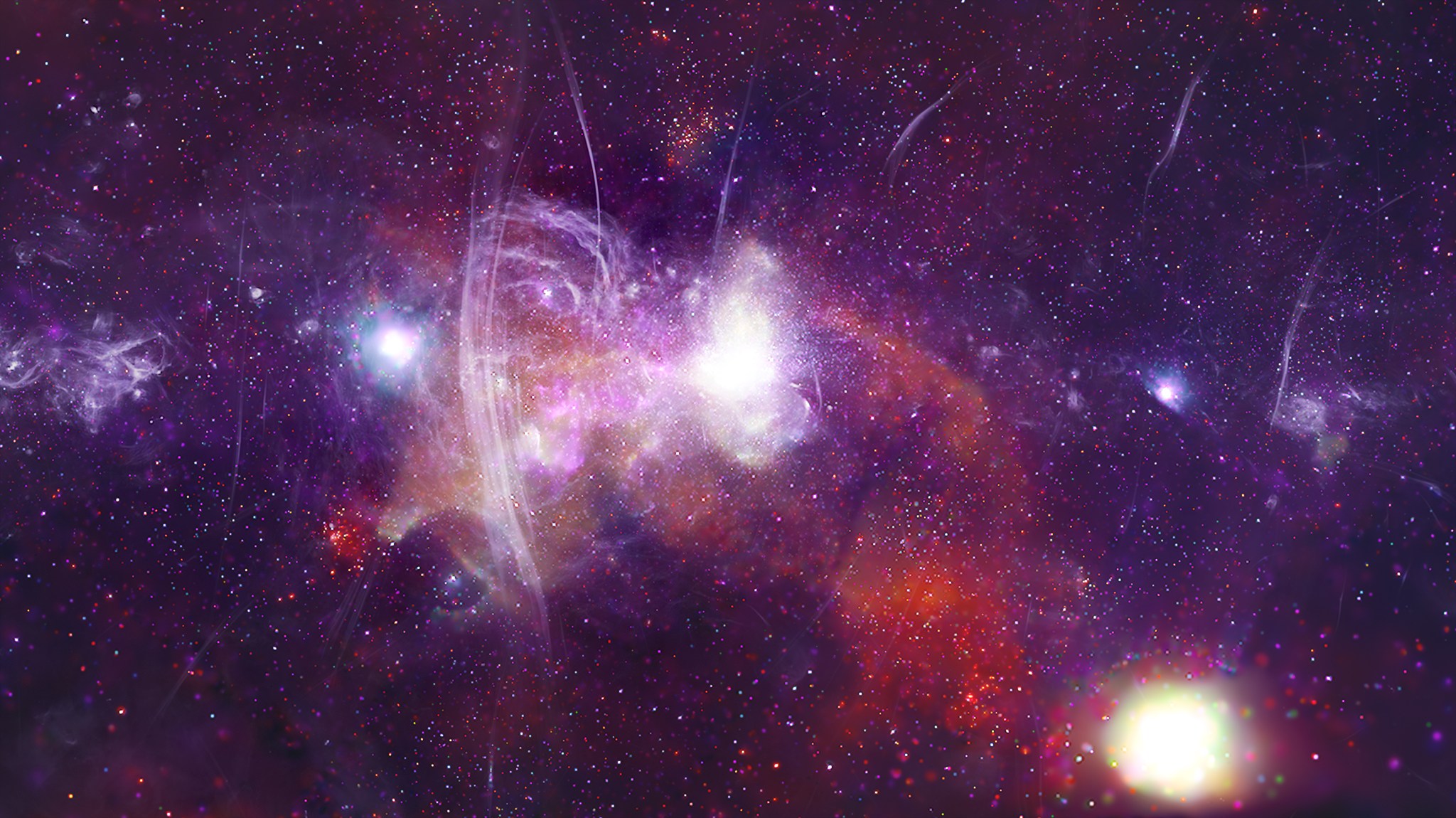
“Chandra will continue to serve the astrophysics community long after its mission ends,” said Andrew Schnell, acting Chandra program manager at Marshall. “Perhaps its greatest discovery hasn’t been discovered yet. It’s just sitting there in our data archive, waiting for someone to ask the right question and use the data to answer it. It could be somebody who hasn’t even been born yet.”
That archive is impressive indeed. To date, Chandra has delivered more than 70 trillion bytes of raw data. More than 5,000 unique principal investigators and some 3,500 undergraduate and graduate students around the world have conducted research based on Chandra’s observations. Its findings have helped earn more than 700 PhDs and resulted in more than 11,000 published papers, with half a million total citations.
Weisskopf is now an emeritus researcher who still keeps office hours every weekday despite having retired from NASA in 2022. He said the work remains as stimulating now as it was 25 years ago, waiting breathlessly for those “first light” images.
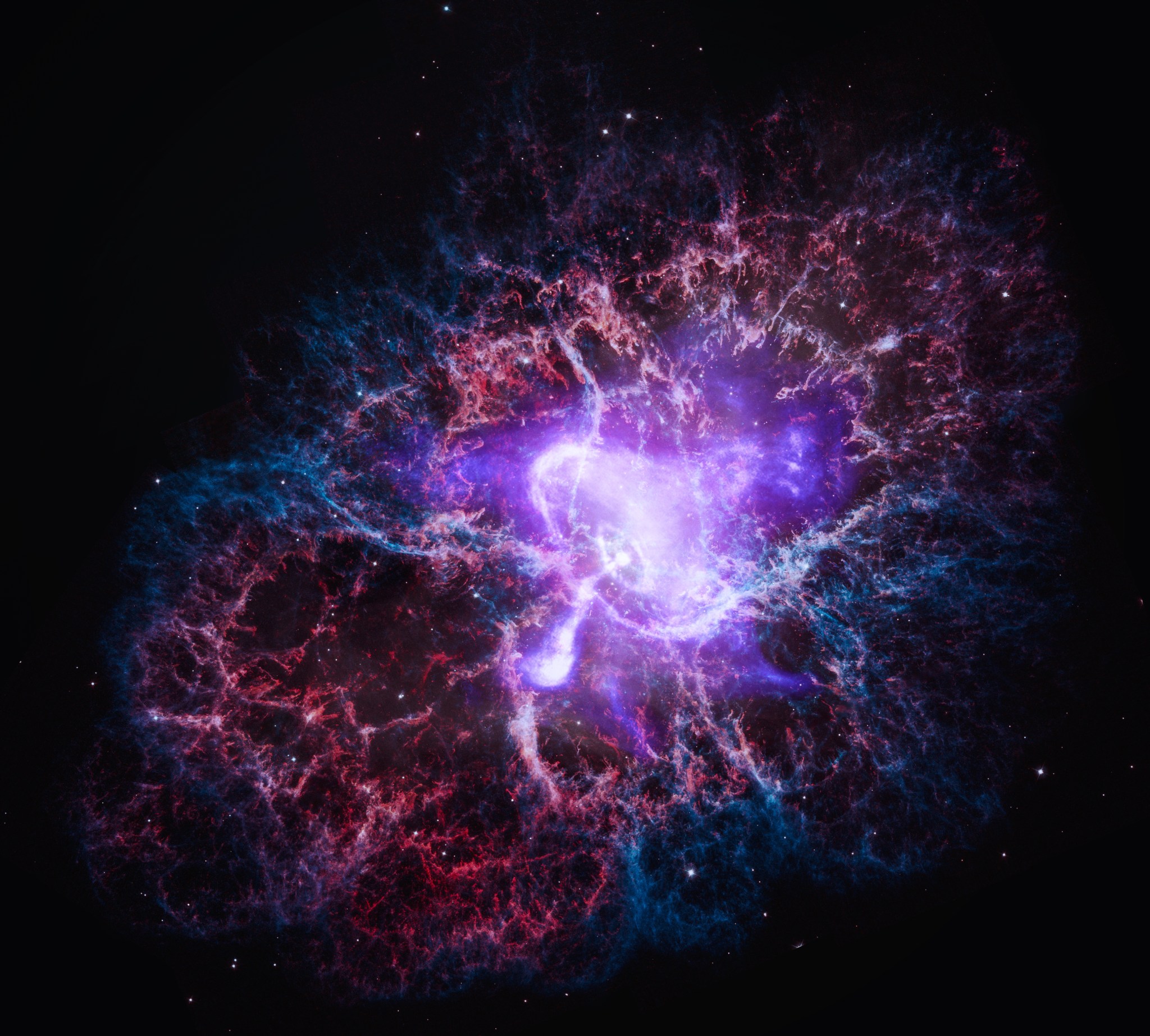
“We’re always trying to put ourselves out of business with the next bit of scientific understanding,” he said. “But these amazing discoveries have demonstrated how much NASA’s astrophysics missions still have to teach us.”
The universe keeps turning – and Chandra’s watchful eye endures.
More about Chandra
Chandra, managed for NASA by Marshall in partnership with the CXC, is one of NASA’s Great Observatories, along with the Hubble Space Telescope and the now-retired Spitzer Space Telescope and Compton Gamma Ray Observatory. It was first proposed to NASA in 1976 by Riccardo Giacconi, recipient of the 2002 Nobel Prize for Physics based on his contributions to X-ray astronomy, and Harvey Tananbaum, who would later become the first director of the Chandra X-ray Center. Chandra was named in honor of the late Nobel laureate Subrahmanyan Chandrasekhar, who earned the Nobel Prize in Physics in 1983 for his work explaining the structure and evolution of stars.
Learn more about the Chandra X-ray Observatory and its mission here:
News Media Contact
Lane Figueroa
Marshall Space Flight Center, Huntsville, Alabama
256-544-0034
lane.e.figueroa@nasa.gov

























